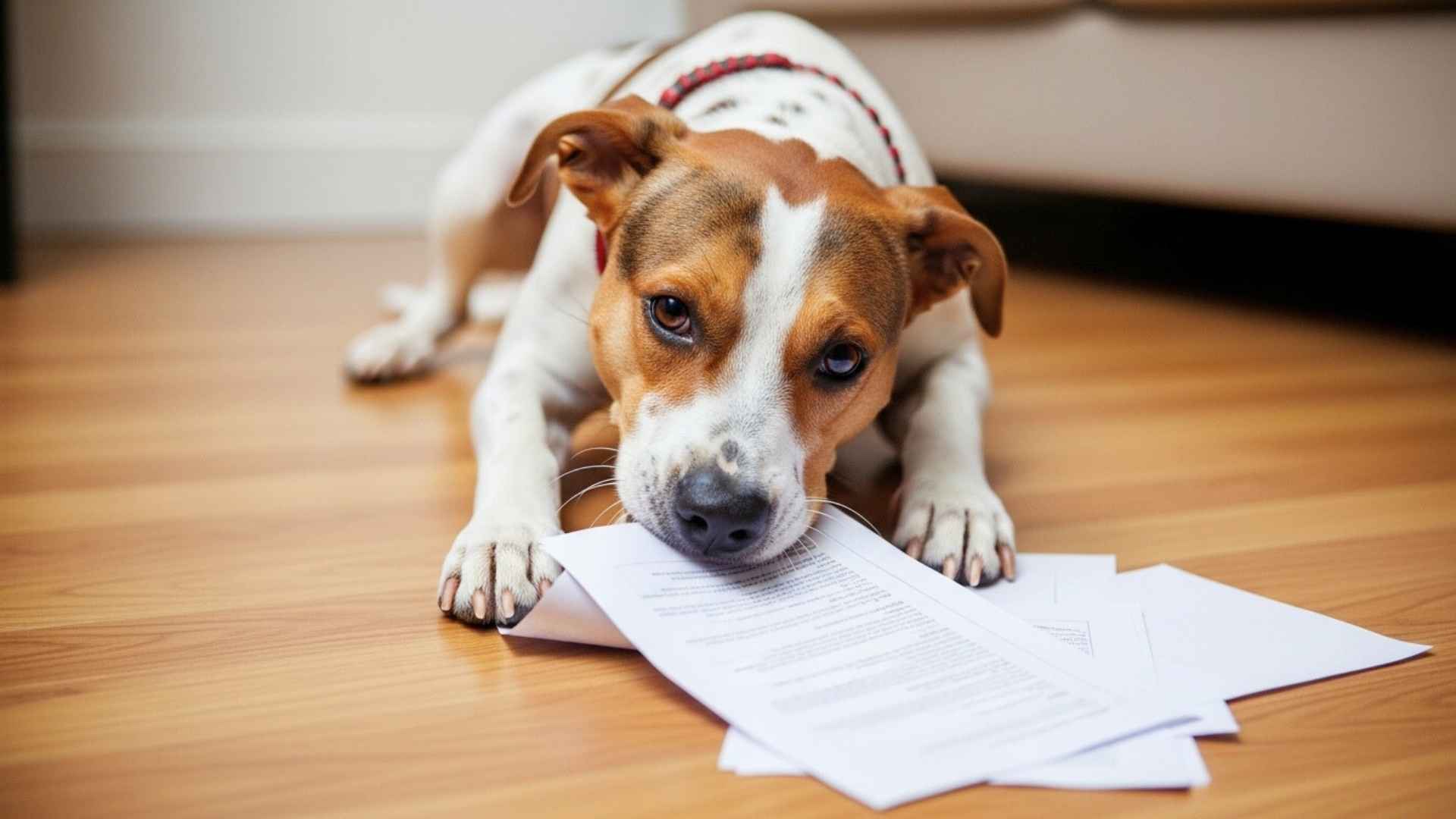Ever wondered if that student excuse—“my dog ate my homework”—could ever hold water? It turns out some dogs really do chew paper, and in rare cases even swallow it. Veterinarians classify this as pica—the repeated ingestion of non‑food items—and it’s surprisingly more common than you might think.
The American Kennel Club notes that dogs diagnosed with pica will eat anything from socks to sticks, and even paper, often driven by boredom or anxiety.
What’s eye-opening: a surprising number of emergency vet visits stem from foreign object ingestion—cases involving toys, socks, even textbooks—resulting in blockages or gastrointestinal distress.
Here’s the thing: while it’s rare, chewing or eating homework isn’t purely a childish myth. Dogs with pica or strong chew drives may just do it. What makes this topic fun is digging into which breeds are more likely to follow the tradition of devouring documents.
Dog Breeds Most Likely to Actually Eat Your Homework
Here are the 10 dog breeds:
1. Basset Hound
There’s a reason the phrase “the dog ate my homework” exists—some pups really can’t help themselves. Basset Hounds top the list for this kind of sneaky behavior. These dogs were bred to track scents across miles of terrain, and today, that skill is often redirected toward your dinner table.
For dog parents, that nose-on-a-mission can spell trouble when food is left out, homework smells like snacks, or boredom kicks in. They’ll dig through backpacks, raid the trash, and sniff out anything remotely edible. This pup doesn’t just beg—they act.
Height
Around 13 to 15 inches at the shoulderWeight
Typically 40 to 65 poundsSize
Medium, with short legs and a heavy frameEnergy
Moderate; needs regular walks to stay fitTemperament
According to HillsPet, they are gentle, affectionate, and food-obsessed
2. Pug
Let’s be real—when your child’s homework disappears, the Pug might be the first suspect. These flat-faced charmers are masters of mischief when food or anything that smells remotely edible is involved. They’re clever, quick, and operate with a single-minded focus on the next bite.
If you’ve ever heard one snore, wheeze, or whimper near the fridge, you know the drill. Their clownish behavior makes them entertaining, but also a challenge when it comes to setting boundaries. These pups are smart, but that intelligence can backfire—especially if they’ve learned that begging works.
Height
Around 10 to 13 inchesWeight
Typically 14 to 18 poundsSize
Compact and sturdy, small but solidEnergy
Low to moderate; prefers short bursts of activityTemperament
According to PDSA, they are playful, loyal, and a bit sneaky
3. Beagle
Some dogs nibble. The Beagle devours. If there’s an open backpack, lunchbox, or mystery snack buried in the cushions, this breed is already on it. Due to their background in tracking small game, Beagles are guided by instinct, and that instinct says follow the smell and eat what you find.
Their floppy ears help pull scent toward their nose, and once they’ve locked in on something tasty, good luck stopping them. They pack serious drive, endurance, and curiosity. The downside? They can eat themselves sick if not watched carefully.
Height
Available in two sizes: under 13 inches or up to 15 inchesWeight
Ranges from 20 to 30 pounds, depending on the size groupSize
Small to medium, agile and sturdyEnergy
High; thrives on walks, sniffing games, and playTemperament
Friendly, bold, and sometimes too clever for their own good
4. Labrador Retriever
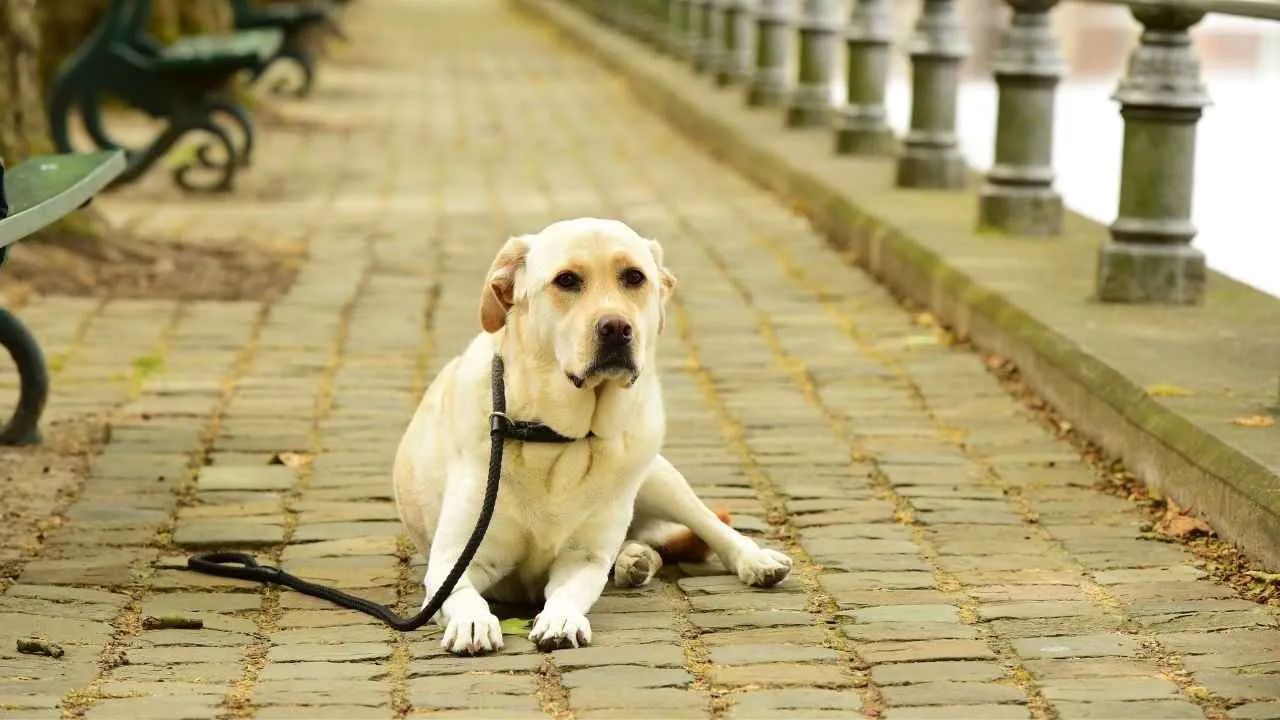
The Labrador Retriever isn’t just one of the most popular breeds in the world—it’s also the undisputed heavyweight champ of snack theft.
Dog parents everywhere know the look: wide eyes, tilted head, and a slow inch forward as your homework vanishes off the table. You’re not just dealing with a hungry dog—you’re dealing with a biological advantage that tells them to keep eating… forever.
Labs are incredibly intelligent, and when their brains are locked onto food, it’s like they go into mission mode. While this behavior might seem harmless, unchecked feeding habits can lead to serious weight-related issues. Knowing their limits and creating healthy routines is crucial.
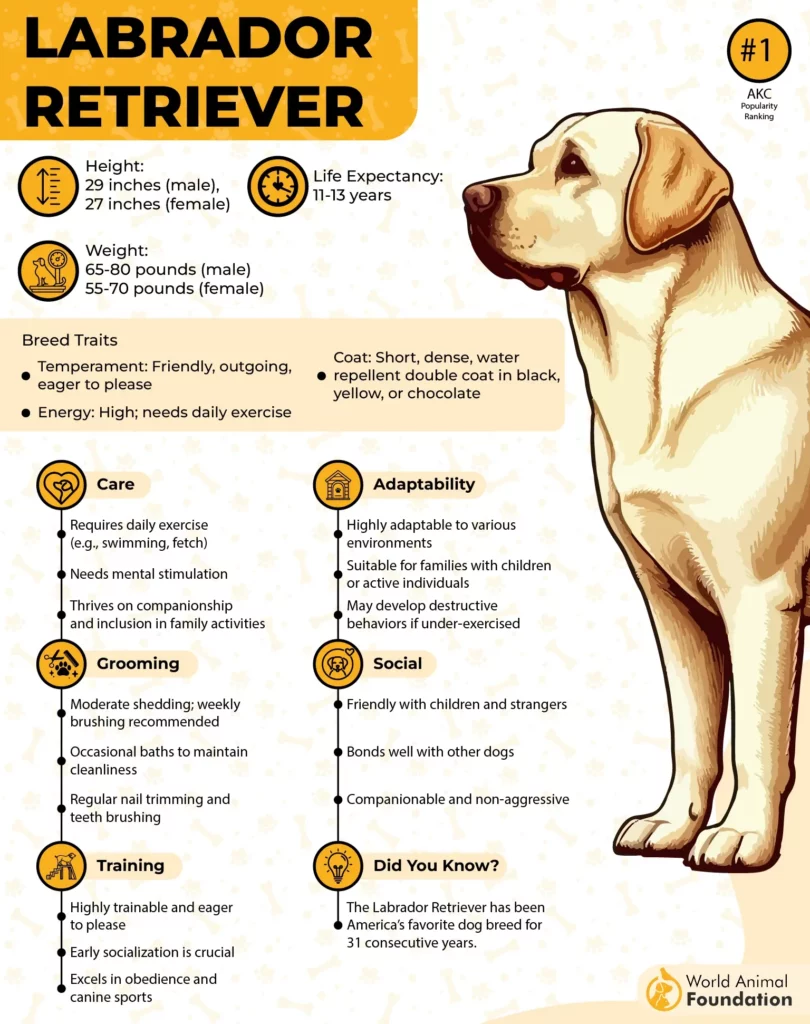
Height
Males: 22.5–24.5 inches; Females: 21.5–23.5 inchesWeight
Generally between 55 and 80 poundsSize
Large, strong, and athleticEnergy
High, thrives on outdoor time and fetch sessionsTemperament
Outgoing, gentle, and always ready to eat
5. Dachshund
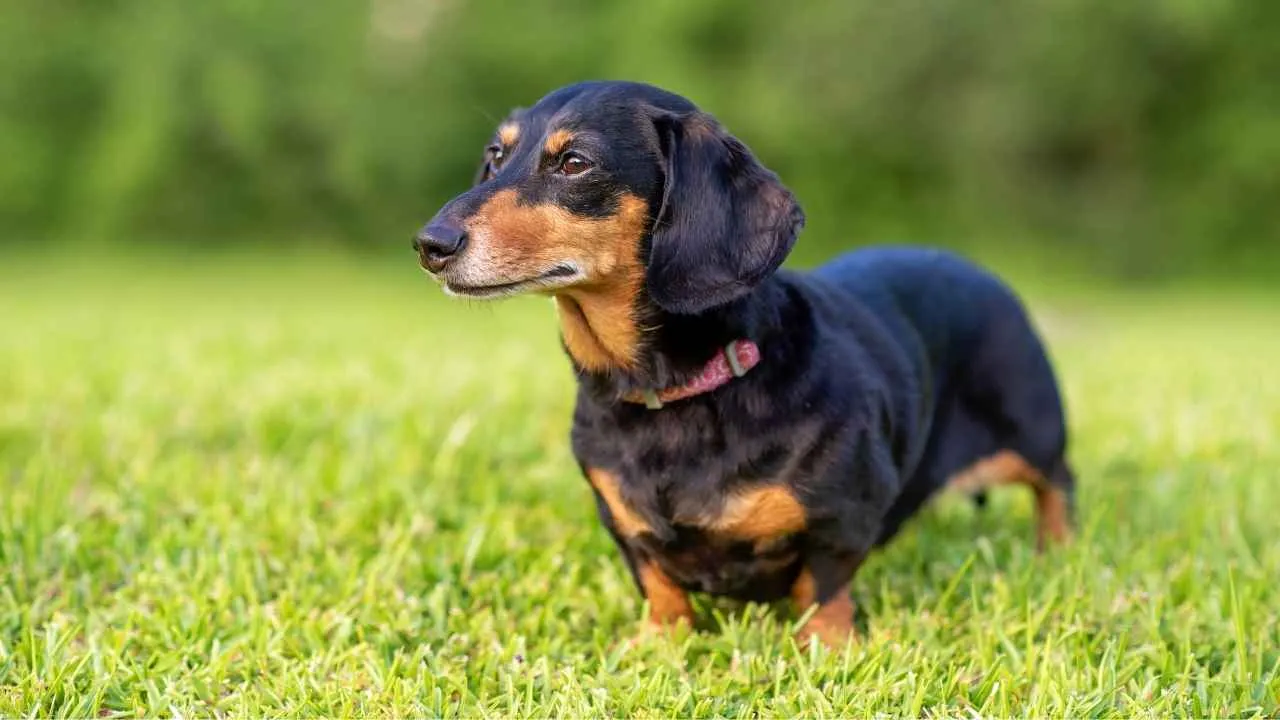
The Dachshund may be shaped like a sausage, but don’t let that fool you—this little hunter has a serious food fixation. Known for their fearless attitudes and expressive stares, these pint-sized pooches will lock onto a snack like a missile.
Their persistence isn’t just for show—it’s hardwired. Despite their short legs, these dogs will climb, dig, or bark endlessly if it means scoring a treat.
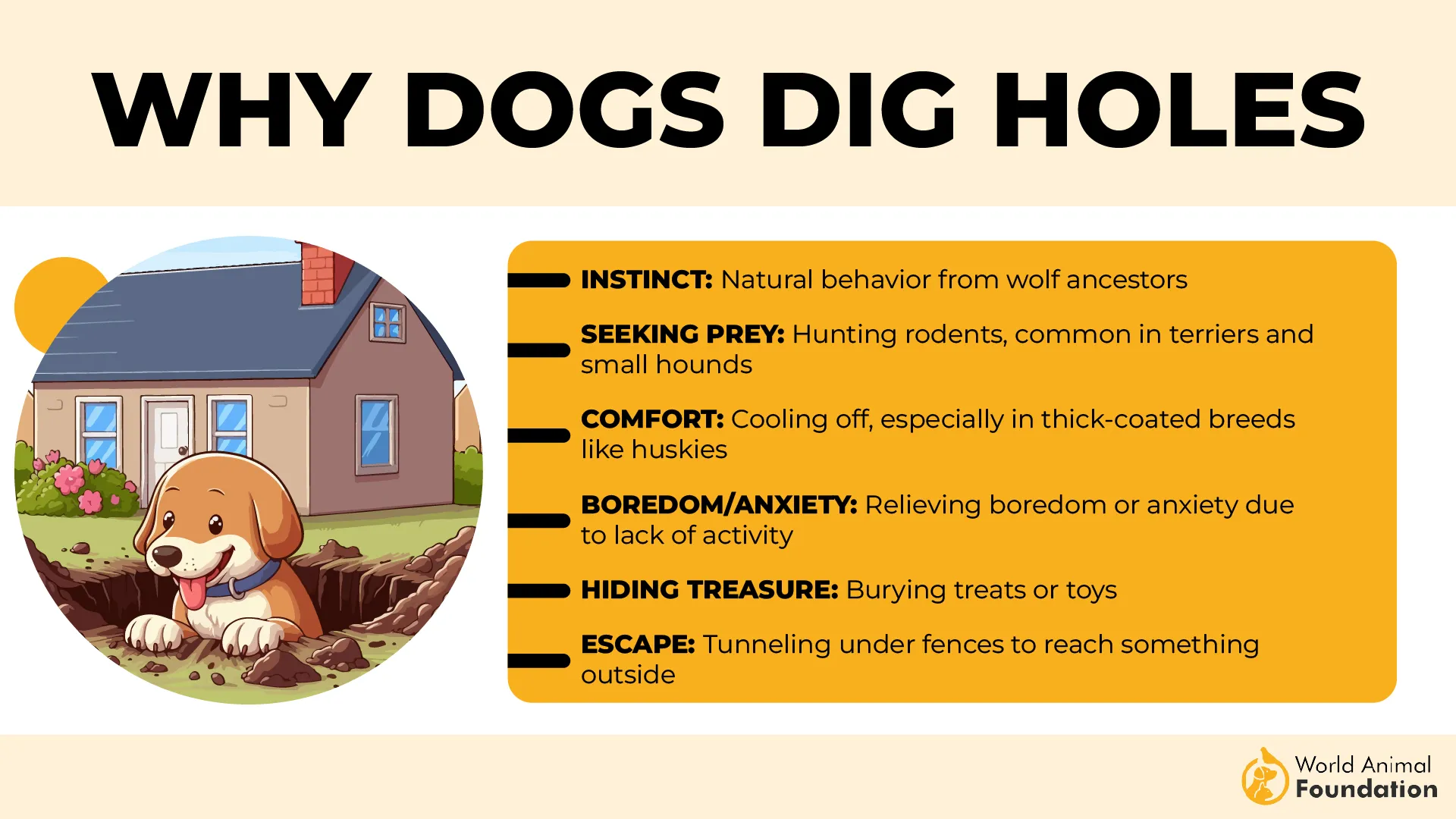
Combine that with a natural curiosity and knack for finding hidden papers, and you’ve got a pup that requires close dietary supervision and smart enrichment to stay both safe and satisfied.

Height
Standard: 8–9 inches; Miniature: 5–6 inchesWeight
Standards: 16–32 pounds; Miniatures: up to 11 poundsSize
Small but long-bodied with short limbsEnergy
Medium; enjoys walks and digging sessionsTemperament
Brave, curious, and sneakily food-driven
6. Golden Retriever
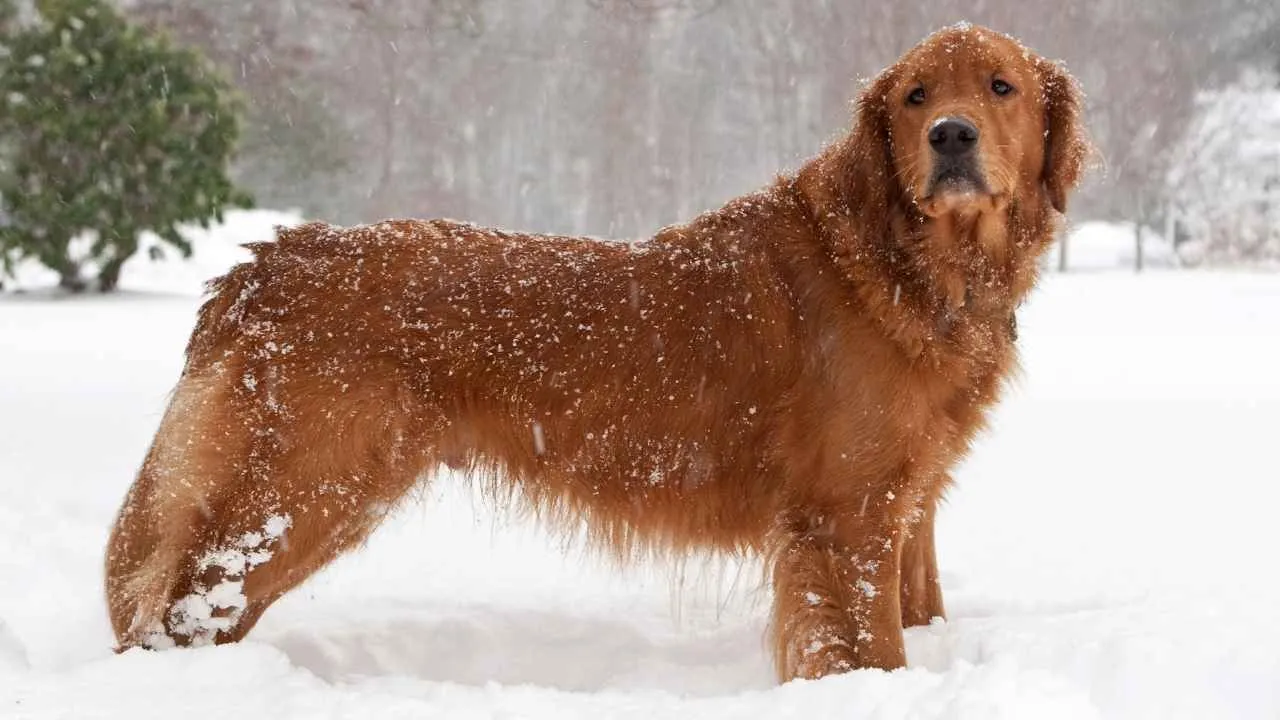
Golden Retrievers are often hailed as the perfect family companion, but behind those warm eyes and happy tail is a dog with a serious craving.
While they’re too polite to steal outright (most of the time), don’t be fooled—they’re masters of the slow hover. You’ll often find them lurking by the homework table, patiently waiting for a dropped paper.
These well-behaved pups are beloved for their gentle personalities, but they’ve also got an uncanny knack for playing humans like a fiddle. They aren’t picky and rarely turn down a bite—even if it’s not meant for them.

Height
Males: 23–24 inches; Females: 21.5–22.5 inchesWeight
Typically 55–75 poundsSize
Large and strong, with a graceful buildEnergy
High, thrives on active play and outdoor funTemperament
Loyal, affectionate, and sneakily opportunistic
7. Pembroke Welsh Corgi
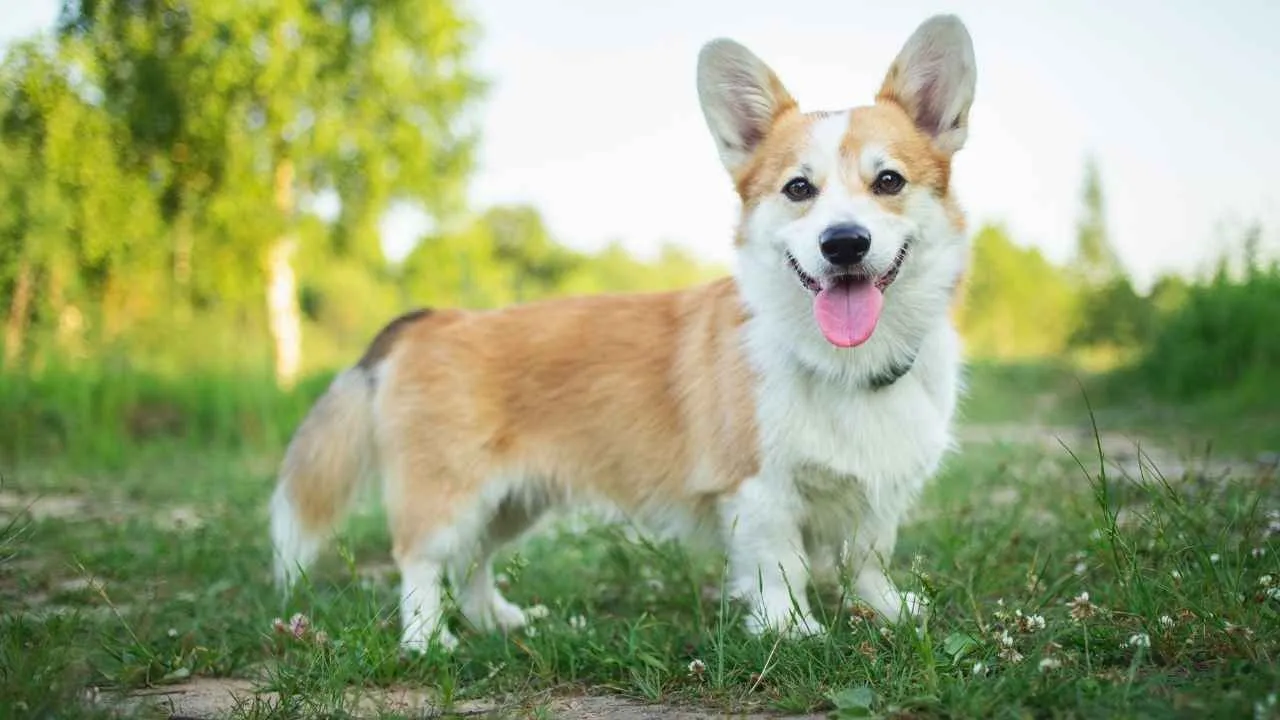
These pups are stealthy snack tacticians. Corgis have a way of inserting themselves into your daily routine, especially when food is involved.
Beyond their cleverness, Pembroke Welsh Corgis are known for their sharp sense of strategy. Their intense gaze, paired with that unique vocal range, makes their presence hard to ignore.
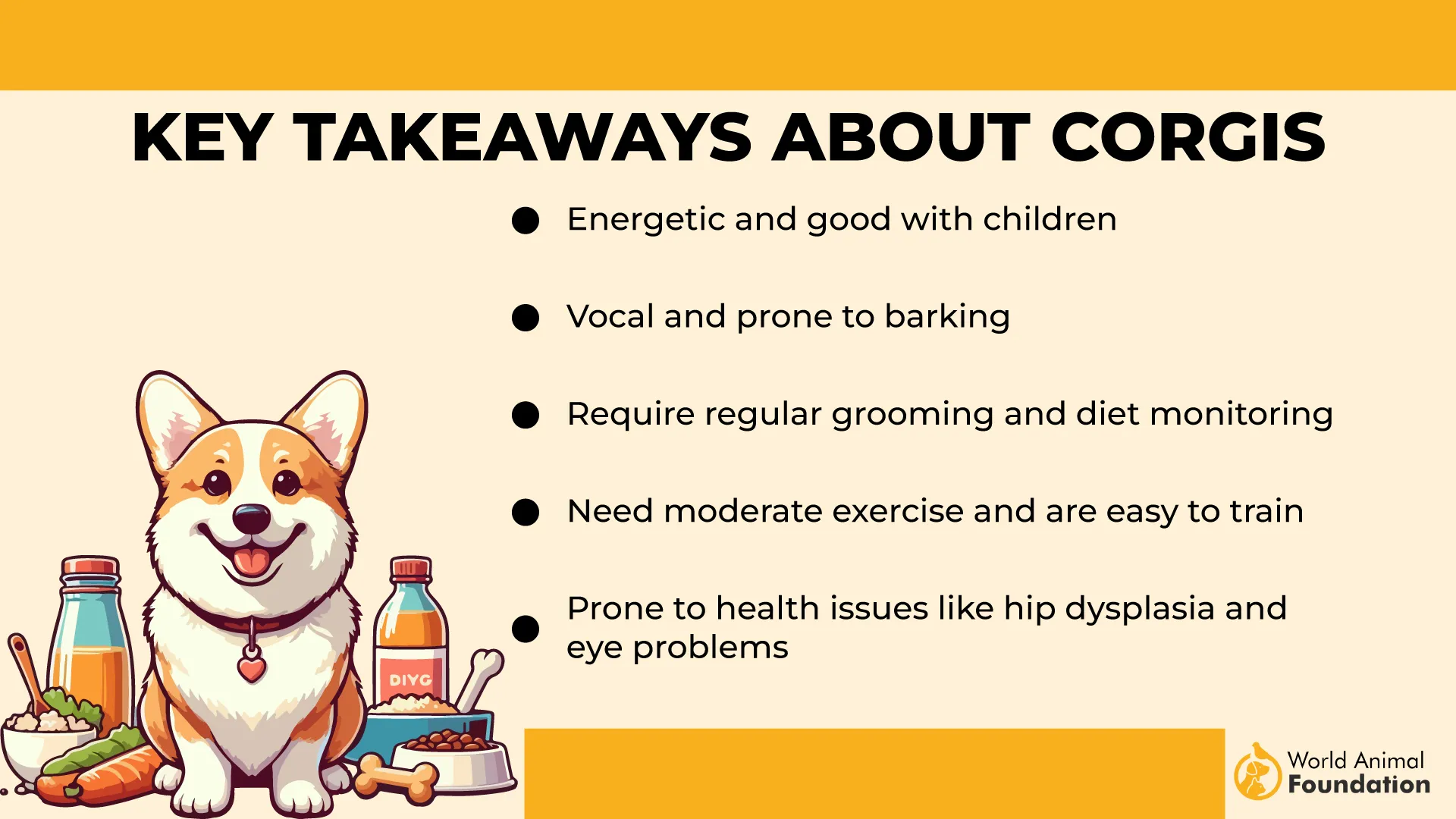
What often goes unnoticed is their tendency to stash stolen objects—like socks or even the occasional piece of homework—in secret hideouts. This quirky habit is a relic of their instinctual need to address tasks and protect objects that matter in their world.
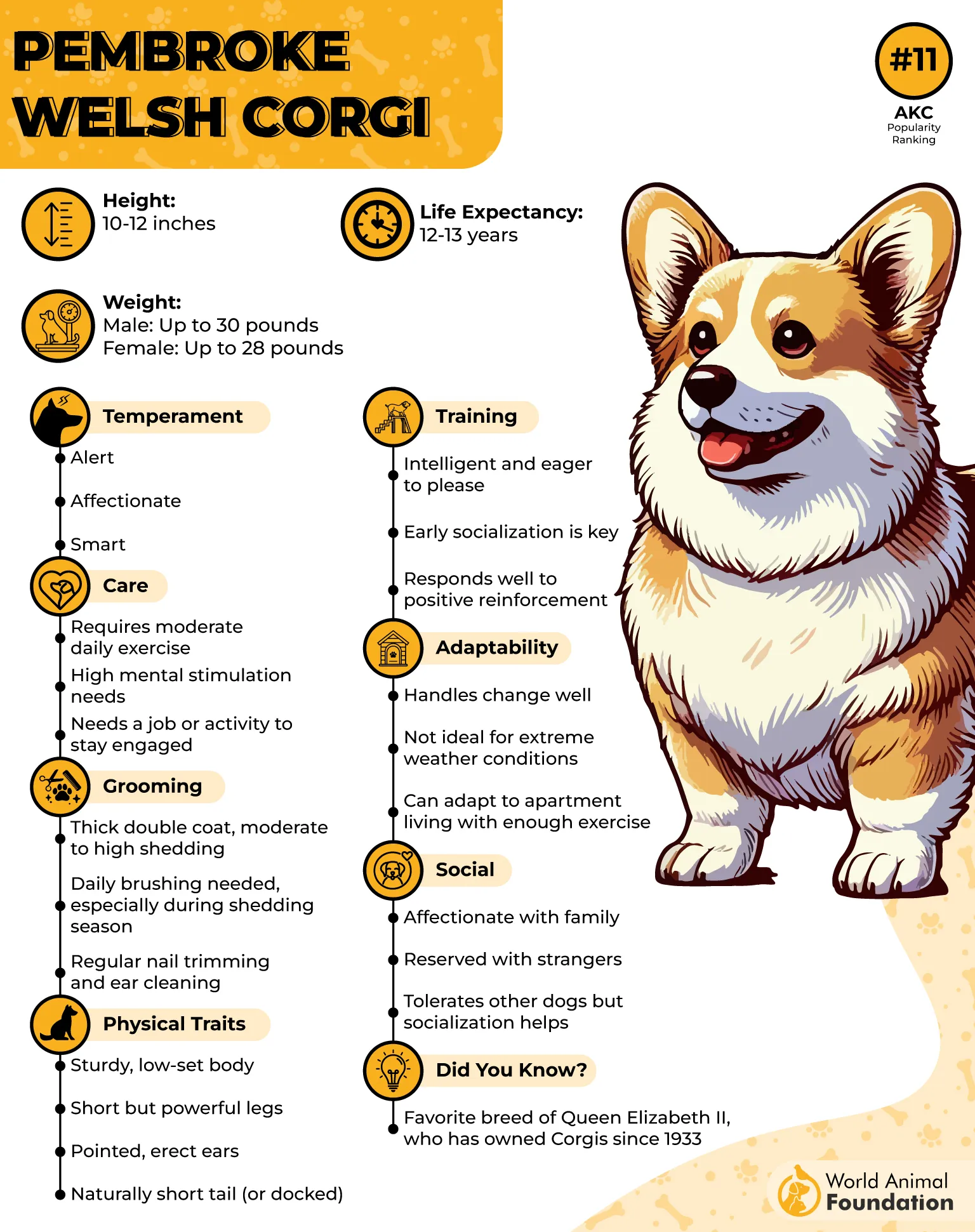
HeightShort and proud, standing around 10 to 12 inches.
WeightTypically ranges from 24 to 30 pounds.
SizeCompact but dense, with a low center of gravity.
EnergyNeeds consistent physical and mental exercise.
TemperamentSpirited, bold, and laser-focused on their family.
8. French Bulldog
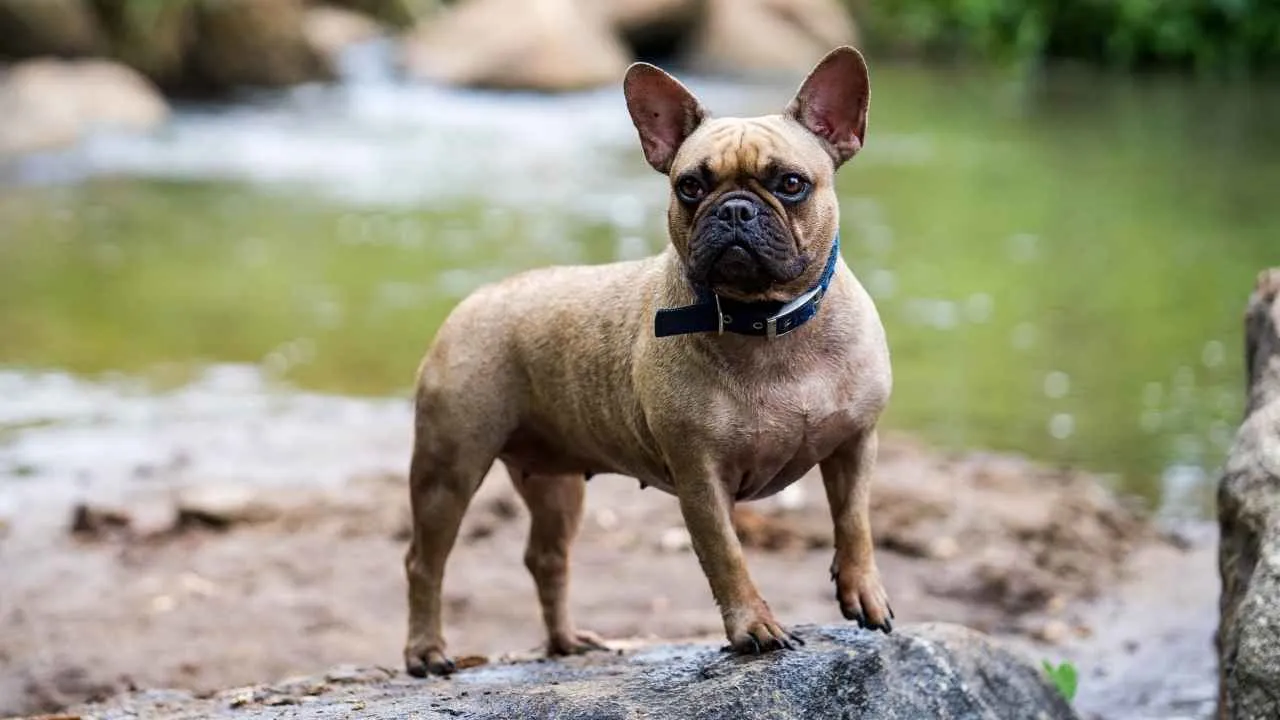
Some dogs bark or whine when they want food. French Bulldogs just stare—with the weight of the world in their eyes. They sit there, stone-faced, as if you’ve committed some grave betrayal by eating without them. They don’t throw tantrums, but the dramatic sighs and slow blinks say it all.
Frenchies are smart, social dogs. If they don’t get enough mental stimulation, they’ll find their own fun, which might include shredding paper, shoes, or whatever’s within reach.
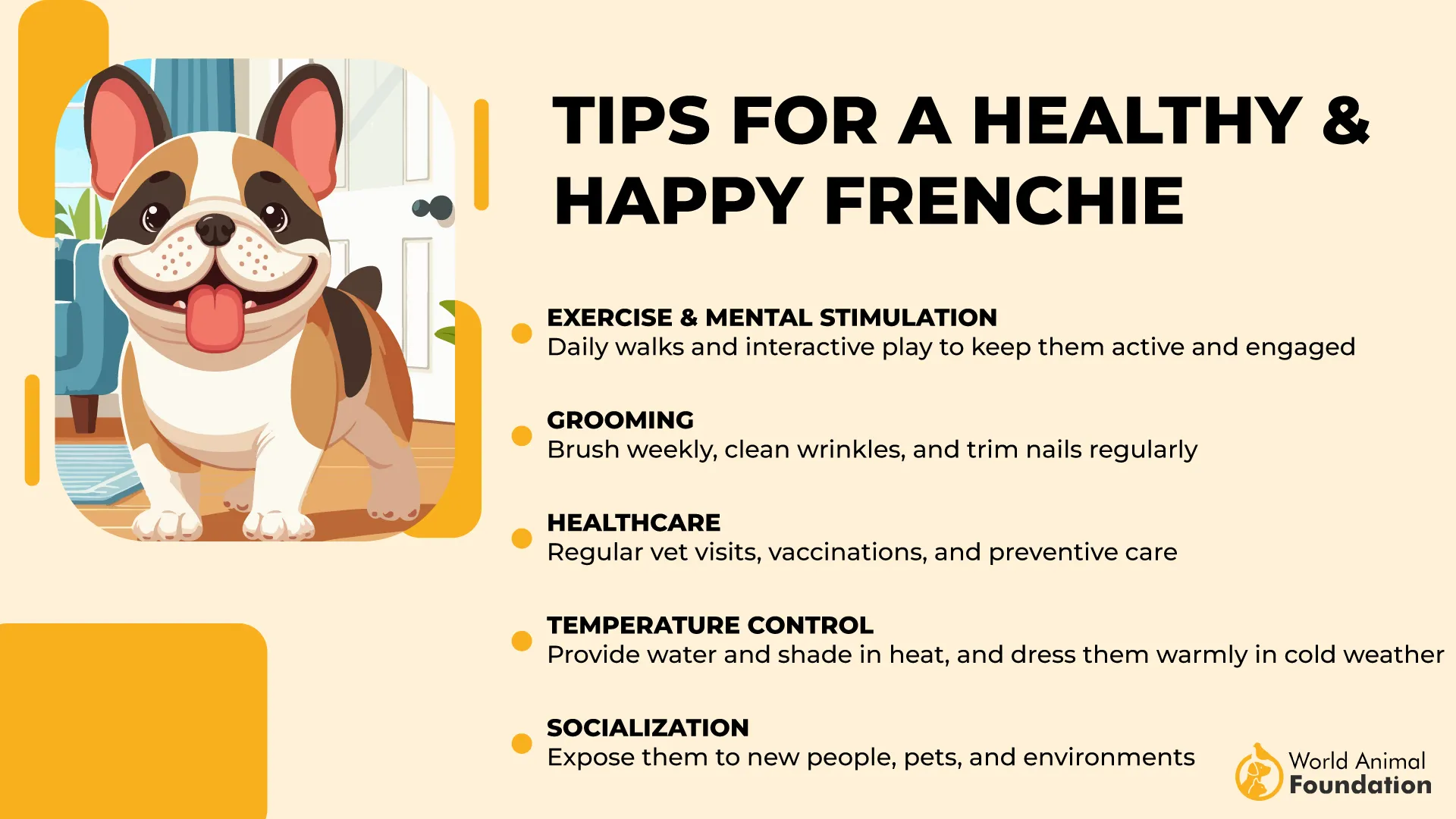
Their squat build and bat-like ears give them an almost cartoonish appearance, but they’re not just all looks. These dogs are stubborn in a strangely quiet way. Add in the snorts, sighs, and full-body flops, and you’ve got a dog that’s part clown, part philosopher.

Height
Under 13 inches, compact and low to the ground.Weight
16–28 pounds, muscular but heavy for their size.Size
Small, perfect lap dog—literally.Energy
Moderate, short play, then deep nap.Temperament
Quietly stubborn, soft-hearted, but opinionated.
9. Cocker Spaniel
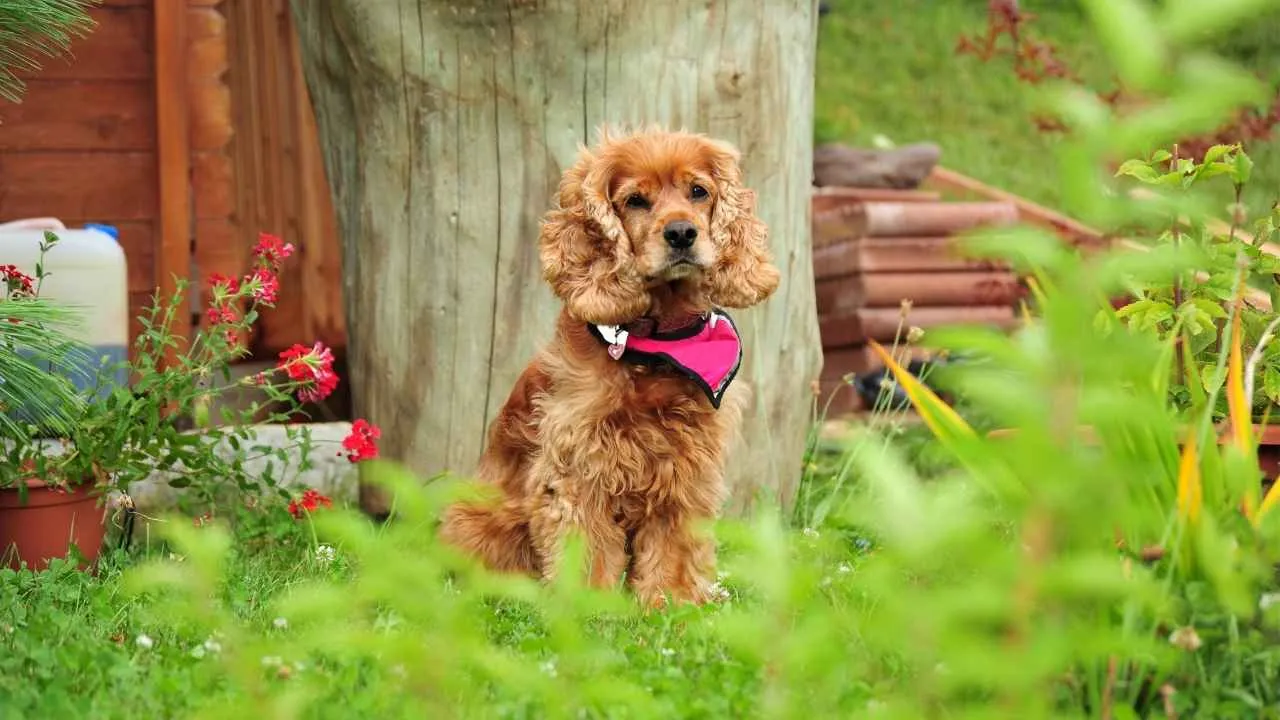
Cocker Spaniels don’t just like food—they plan their whole life around it. They’re also naturally curious and playful. If your homework smells like food (even faintly), has your scent on it, or is just left within reach, it can quickly turn into a chew toy. Add in their soft mouths (they were bred to retrieve game delicately), and you’ve got a dog who finds paper oddly satisfying to nibble.
Behind those droopy ears and big brown eyes is a dog who’s kind-hearted, alert, and surprisingly strategic. Cocker Spaniels are the type to gently paw your arm as a point of reminder that you “forgot” treat time.
Their expressive faces and feathery coats might get them mistaken for a toy, but these pups were originally bred for bird hunting, which gives them a sense of purpose and focus.
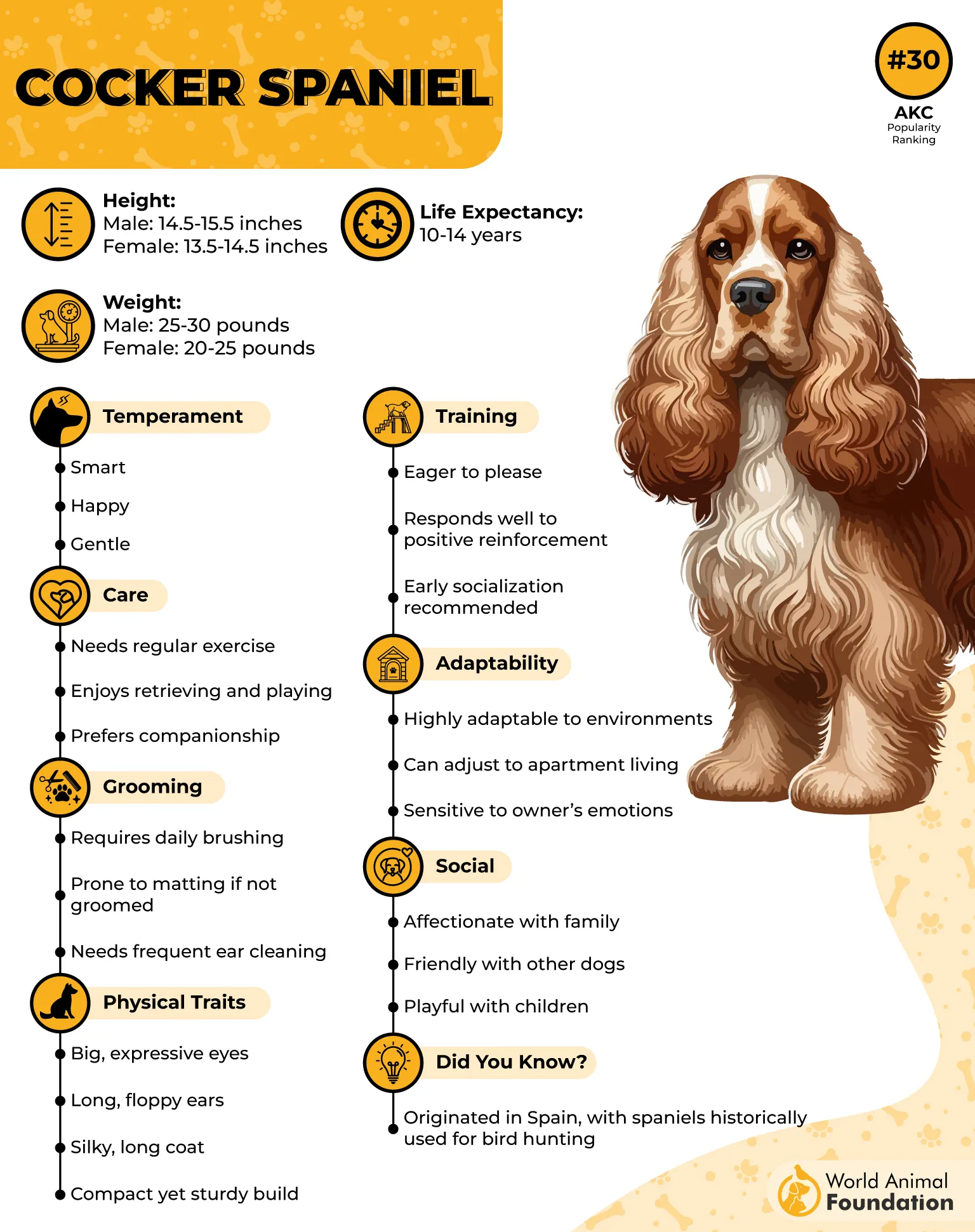
Height
Around 13.5–15.5 inches at the shoulderWeight
Typically 20–30 poundsSize
Compact but sturdy and well-proportionedEnergy
Enjoys bursts of activity and daily playTemperament
Gentle, responsive, and people-focused
10. English Bulldog
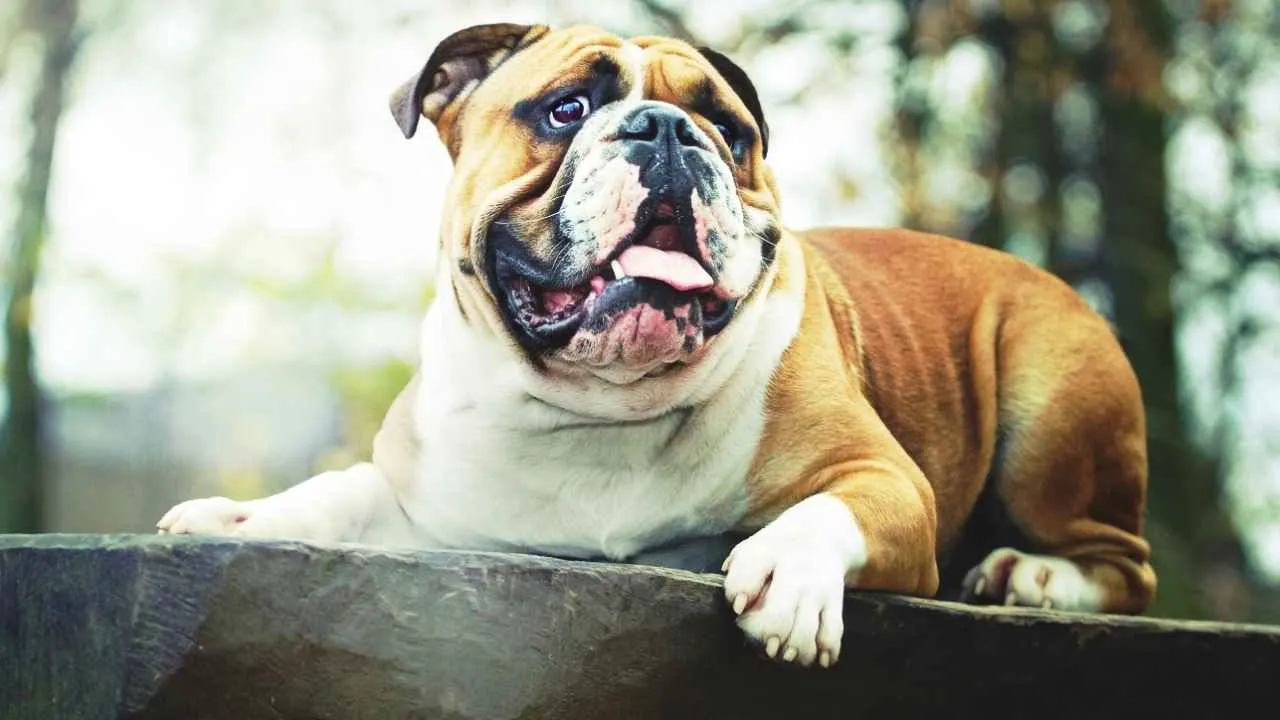
Bulldogs aren’t the hyper, chaos-making kind of troublemakers. Bulldogs aren’t exactly athletes—they nap a lot. But when they’re awake and under-stimulated, they’ll look for anything to entertain themselves. A pile of paper sitting on the floor? That’s prime boredom material.
They don’t bark for attention—they haunt you with their stare. Bulldogs can’t swim, can’t breathe well in heat.
But they’ve got national dog status in the UK, a signature waddle, and a face that screams “grumpy grandpa” while being full-on affectionate. They’re tough, stubborn, weirdly graceful in their clumsy way—and that makes them unforgettable.
Height
Short, ground-hugging, and proud of it.Weight
Heavy, they pack mass in minimal inches.Size
Compact, stocky, but surprisingly dense.Energy
Low moves like molasses in January.Temperament
Loyal, stubborn, sweet, and oddly persuasive.
Conclusion
So, can dogs actually eat your homework? The answer is yes, and some are more likely than others. While most dogs won’t go out of their way to destroy your assignments, breeds with strong chew drives, curious minds, or boredom issues might just see that homework as fair game.
For dog owners, especially those with a mischievous puppy at home, it’s important to understand what drives this behavior. Sometimes it’s anxiety. Sometimes it’s play. And sometimes, it’s just a case of a smart animal doing the wrong thing out of curiosity or habit.
The good news? You’re not powerless. By providing stimulation, chew-safe toys, and a routine, you’re on the right track to preventing dogs from turning your schoolwork into a snack. A little structure goes a long way toward a happy home for both humans and dogs.


